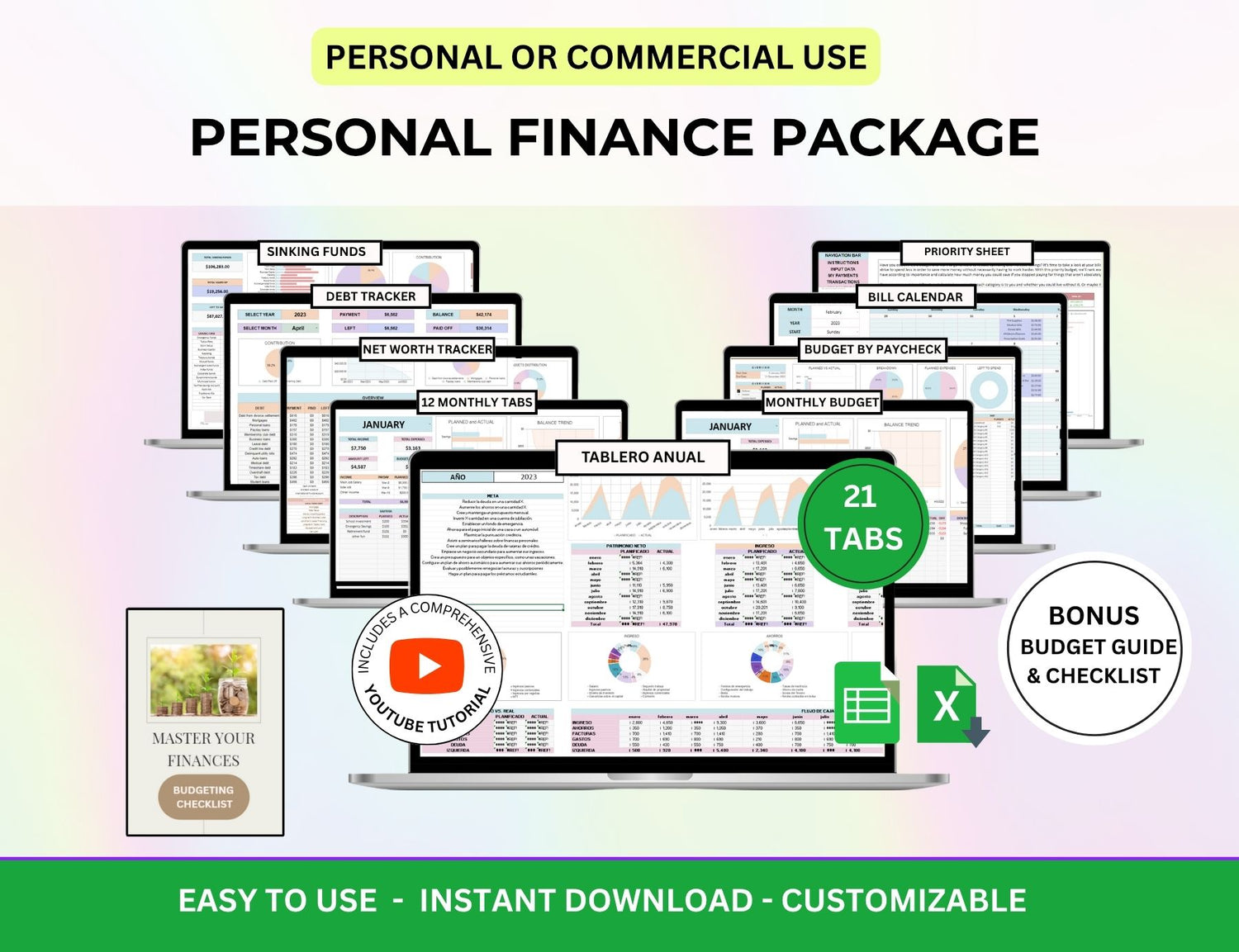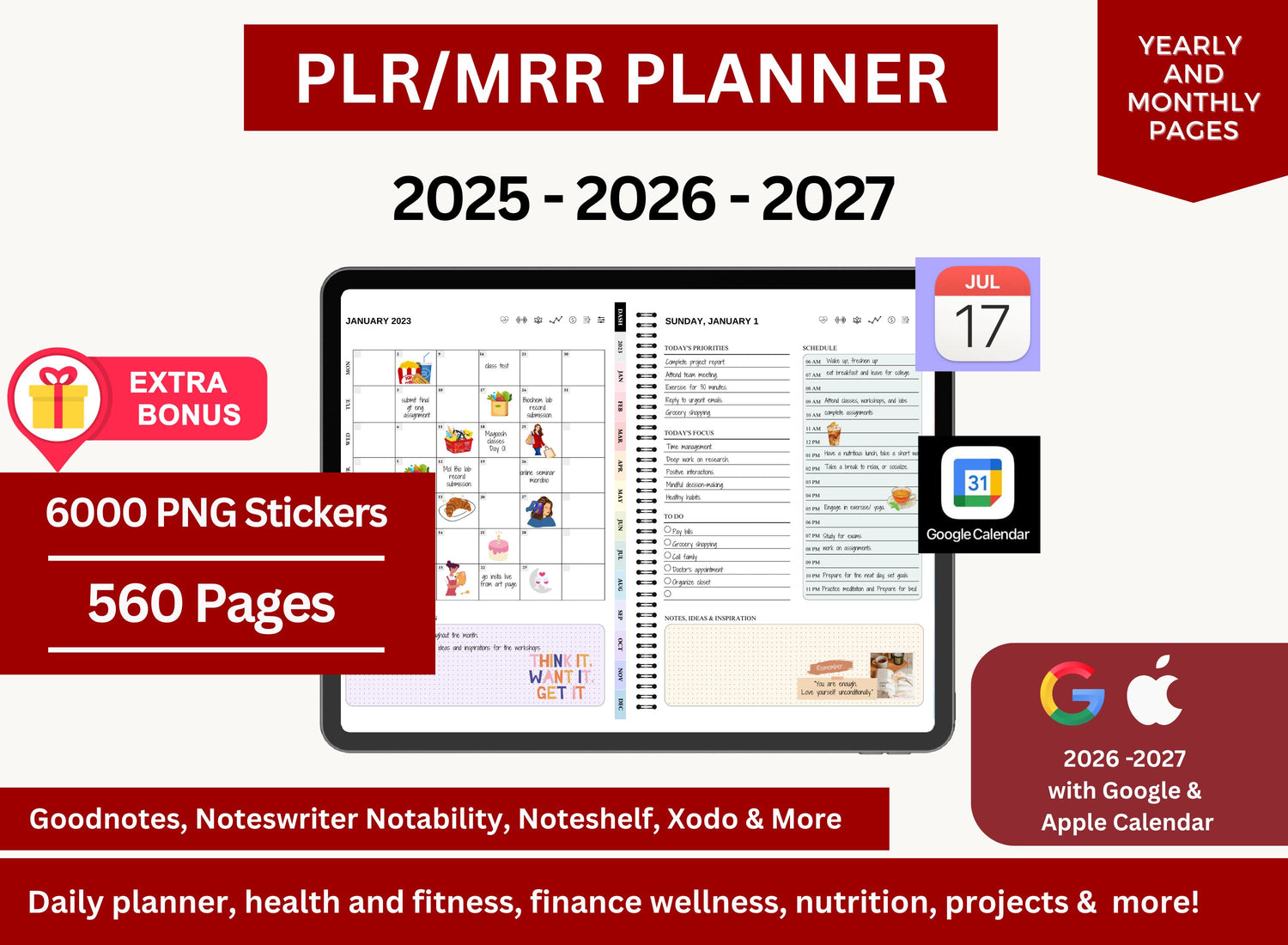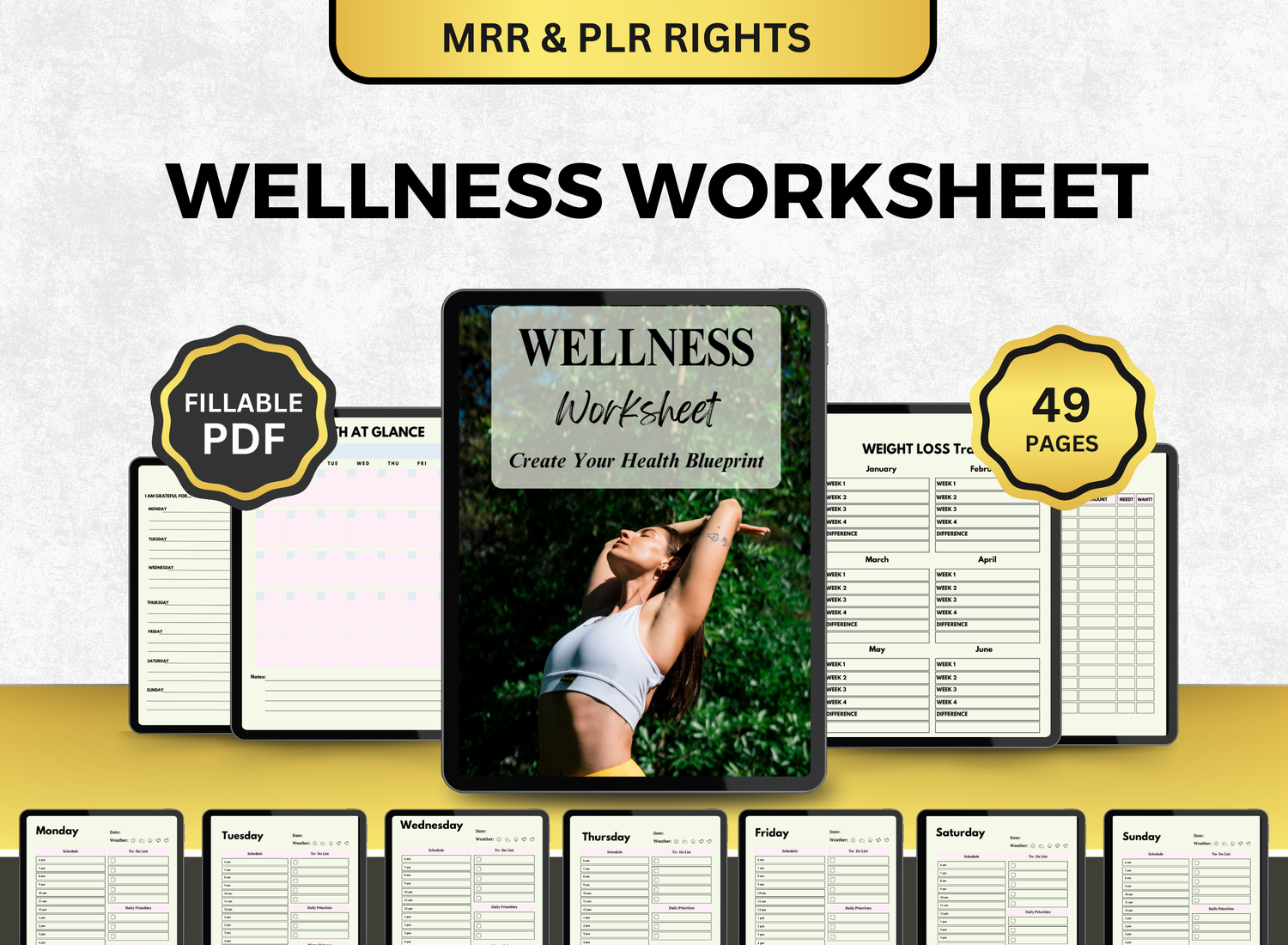From Etsy to Everywhere: How to Repurpose PLR Products for Multiple Income Streams
Let’s be honest—selling digital products online sounds like a dream, right? Make money while you sleep. Low overhead. Global reach. The classic “laptop lifestyle” pitch. But the real trick isn’t just selling digital products—it’s how you create, optimize, and multiply them. And that’s where PLR (Private Label Rights) content enters the picture.
Especially in 2025, with platforms like Etsy booming and the demand for digital downloads at an all-time high, PLR is the kind of quiet goldmine more creators are waking up to.
But here’s something that’s not talked about enough: most people use PLR wrong.
They either slap it up on Etsy as-is (not great), or they sit on a bundle of rights they never touch (even worse). The smart move? Repurpose it. Stretch one PLR product across multiple income streams—think Etsy, Gumroad, your blog, email funnels, even YouTube scripts. It’s not about working harder. It’s about being clever with what you’ve already got.
If you’re looking for a side hustle that doesn’t just promise passive income but actually delivers some of it, keep reading. This isn't a "get rich quick" blueprint, but it is a way to make money online more sustainably, especially if you're working with limited time or zero design skills. PLR gives you a running start.
TL;DR
What’s It About |
Why It Matters |
|---|---|
| Turn one PLR product into many—sell on Etsy, Gumroad, your blog, and more. | Stop working harder. Start earning smarter. Hello, passive income side hustle! |
What Exactly Is PLR (And Why Should You Care)?
Private Label Rights content is pre-created digital material that you can buy, tweak, and sell as your own. That might be ebooks, email sequences, Canva templates, graphics, or full-blown courses.
Some licenses are basic—just resell rights. Others offer Master Resell Rights (MRR), meaning your buyer can resell it too. That adds a snowball effect—one product could circulate through dozens of resellers, earning you affiliate commissions or tiered payouts if you structure it right.
It’s kind of like owning the recipe and letting others cook it, while you collect royalties. Or something like that.
What’s key is this: you didn’t have to start from scratch. And in a digital world where content is currency, that’s a huge advantage.
According to Statista, the digital content market is projected to surpass $400 billion by 2027 (Statista). We’re talking ebooks, online courses, stock content, printables—you name it. And with tools like ChatGPT and Canva automating the creative process, creators are scaling faster than ever.
But with more creators come more copycats. That's why repurposing PLR creatively—not lazily—is the secret.
(An example of a easily editable and resell product; meal and grocery planner.)
Why Etsy Is a Great Starting Point (But Not the Whole Game)
Etsy is one of the easiest places to test a PLR-based product. The platform has built-in traffic, trust, and an audience that actively searches for digital products—think planners, budget tools, fitness trackers, and affirmations.
You don’t need a website or a huge audience. You just need a polished product, some SEO-savvy keywords, and a nice thumbnail.
That said, Etsy isn’t a magic money button. It has limitations:
- Saturation: A quick search for “meal planner” or “self-care journal” will yield hundreds—if not thousands—of results. Many of them look eerily similar.
- Fees: Etsy charges listing fees, transaction fees, and payment processing fees. They take a chunk of every sale.
- Limited control: You don’t get access to customer emails. Etsy owns the platform, and that means they control your reach.
So yes—start with Etsy. Validate your ideas there. But don’t stop there. Think of Etsy as your digital product’s launchpad, not the entire rocket.
(An Etsy seller starter kit.)
Step 1: Find High-Quality PLR
Let’s get one thing straight: not all PLR is good PLR.
In fact, a lot of it is borderline unusable—think outdated info, awful design, or content that reads like it was stitched together from old blog scraps.
Good PLR should feel like something you’d actually pay for. That means:
- Modern formatting (preferably in Word, Google Docs, or Canva).
- Clear licensing (you should know exactly what you’re allowed to do).
- Solid, relevant content (no fluff, no fake stats, no weird English).
Tip: Don’t just go for the cheapest option. If 1,000 people are using the same $3 ebook… well, it’s probably overexposed. Higher quality often means fewer competitors.
Step 2: Customize and "Etsy-fy" Your PLR
Once you’ve got the base material, don’t just list it as-is.
Seriously. Don’t.
People can tell when something’s generic. If they’ve seen it before—or worse, if they bought it before from someone else—you lose trust instantly.
Here’s how to Etsy-fy your PLR:
- Redesign it in Canva or InDesign. Even just new fonts and colors can make it feel original.
- Break it into bundles. A 40-page ebook becomes a mini-guide + printable checklist + meal planner + “bonus” affirmation cards.
- Add a niche twist. Turn a general “productivity guide” into “Productivity for New Moms” or “Time Management for Freelance Designers.”
- Rename it. Titles matter. “Healthy Eating 101” becomes “The Lazy Girl’s Guide to Clean Eating.”
- Include value-adds. Think editable fields, bonus templates, or interactive worksheets.
Etsy shoppers don’t want another ebook—they want a solution. When you tailor PLR into a specific, beautiful, bite-sized package, that’s what they see.
(An example of a bundle with a specific market and add-ons; real estate spreadsheet bundle.)
Step 3: Repurpose That Same Product for Other Platforms
This is the part where the magic happens. Once you’ve done the work of customizing your PLR for Etsy, don’t let it stop there. You now have a flexible, modular product that can exist in many places, in many forms.
Here’s where to take it next:
🛒 Gumroad
- Clean UI, low fees, and you can start free.
- Perfect for selling guides, templates, or bundles directly.
- Collect email addresses with each sale—gold for future launches.
🌐 Payhip
- Similar to Gumroad, but includes affiliate tracking and EU VAT support.
- Great if you're scaling to international customers or want to create memberships.
🖥️ Your Own Website
- Use Shopify Lite, WooCommerce, or ThriveCart to sell directly.
- More control = better branding, better upselling, and more profit margin.
- You own the traffic and the customer list.
📚 Kindle or Digital Ebook Stores
- With light reformatting, your PLR ebook could be turned into a Kindle release.
- Just be careful—Amazon is cracking down on AI and PLR spam. Add real value or combine with original content.
- Tools like Draft2Digital or Lulu can help you distribute wide.
🧩 Course Platforms
- PLR guides can often be turned into email courses or mini-courses.
- Think Teachable, Podia, or Systeme.io.
- Add a few videos or voiceovers, and you’ve got a digital product 2.0.
And remember: each of these platforms gives you different visibility. Etsy shoppers aren’t the same as Gumroad’s indie creator crowd, and they’re both different from your blog readers. Repurposing lets you meet each audience where they are.
Step 4: Use PLR for Content Marketing, Too
Even if you’re not selling a PLR product directly, you can still squeeze serious value from it.
Let’s say you have a PLR ebook on “Mindful Living.” Here's how that single product could fuel weeks of content:
- Turn key ideas into Instagram carousels.
- Use excerpts for LinkedIn posts or Twitter threads.
- Rewrite chapters as SEO blog posts.
- Record yourself reading a section = instant YouTube or podcast episode.
- Add quizzes, polls, or worksheets as email list lead magnets.
And the more content you create, the more trust and reach you build. Which leads to—you guessed it—more sales, even on autopilot.
(A digital marketing bundle with included templates and guides for marketing.)
What About Passive Income?
Ah, the golden phrase: passive income.
Let’s set realistic expectations. Repurposing PLR can lead to passive income. But it’s not passive at first. You’ll need to:
- Edit and design your product.
- Write descriptions and tags.
- Upload to multiple platforms.
- Monitor what works, what doesn’t.
- Improve based on feedback.
But once it’s live? It can keep earning indefinitely. Especially if your product solves an evergreen problem—budgeting, self-care, parenting, productivity, etc.
For example, one seller I spoke to (okay, stalked on Reddit) mentioned earning $300/month from a digital planner she made with PLR content—after just two weeks of setup. Not life-changing, but solid, repeatable, and most of all… scalable.
A Few Common Mistakes to Avoid
This wouldn’t be complete without a quick list of pitfalls. PLR is powerful, but easy to misuse.
- Doing zero editing. Please—customize it.
- Ignoring the license. Always read what’s allowed. Some PLR is for personal use only.
- Relying on one platform. Don’t put all your eggs in the Etsy basket.
- Being afraid to experiment. Not every product will work. That’s fine.
- Overcomplicating. One good product done well beats five half-finished ideas.
Oh, and here’s a bonus one: Thinking it’s too late.
It’s not. There are still niches popping up every week—AI productivity hacks, digital decluttering, micro-habits, solopreneur systems. If you can spot trends and match them with clever PLR customization, you're already ahead of 95% of sellers who are still uploading generic "goal-setting" guides.
(Editable lifestyle planner that can be customized to specify different markets.)
Final Thoughts (From Someone Who’s Tinkered With This)
If you're serious about building a side hustle in 2025—something scalable, flexible, and actually doable with a day job—repurposing PLR is a solid strategy.
No, it’s not a silver bullet. But it’s a running start. And in the world of digital products, that’s half the battle.
You don’t need to be a designer, a copywriter, or a marketing guru. You just need to:
- Start with a good PLR product.
- Customize it for a real audience.
- Distribute it in multiple places.
- Let content and automation do the heavy lifting over time.
Start with Etsy. Stretch to Gumroad. Build a simple funnel. Make your first sale. Then your second. Then? Maybe a digital empire.
Or maybe just enough for rent and groceries. That’s okay, too.
Either way, this is how you go from Etsy… to everywhere.












